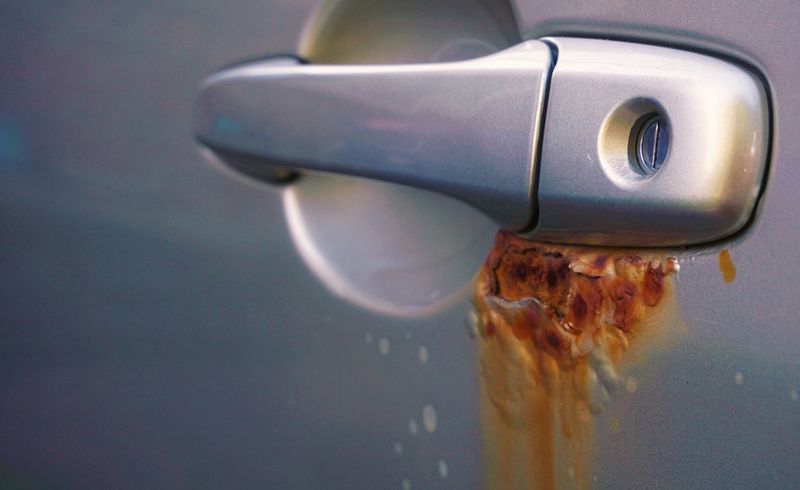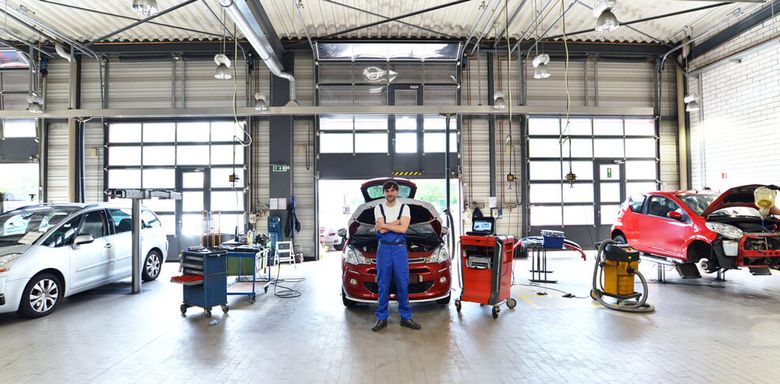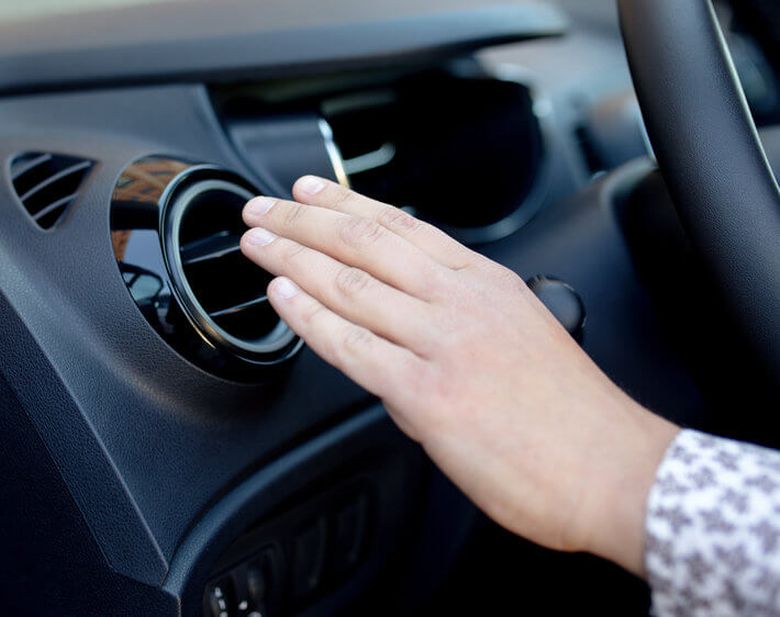We all have the dream car that we always look at in the used car market. If not, at least we are in need of a car at a low price for temporary, family, or business use.
If you are interested in buying a used car from a car dealer, here are some useful tips you should consider:
1. Check the paint, panels, engine area and bottom of the car

What you see, that’s what you buy. The first look of the car should make you can’t wait to have it. Therefore, this aspect is the first thing you need to pay attention to.
Check the car during the day because the reflection of sunlight can help you find out about the condition of the car body. Conditions such as small scratches, wear, and tear is acceptable as this is a used car.
Then you should observe carefully to find if there are uneven crevices on the body panel based on reflection, which may be a sign that the car has had an accident.
Notice the condition of the rubber band along the area of the door or glass – cracked or worn? Most rubber bands are relatively easy to replace. However, there are some that are a little difficult to replace such as expensive windshield rubber covers.
When you have checked the above things, you can check the following aspects in turn :
-
Avoid cars with rust spots

You can find common rust points along the roof, around the engine area, wheel arches and underfloor rugs.
Look under the car and look for visible damage to the floorboards, rails, and brake chassis as well as the moving mechanical parts.
-
Check the condition of the tires and wheels

Keep an eye out for uneven or mismatched tires. The brand/quality of the tires can also provide an overview of the owner’s maintenance routine.
-
Turn on headlights and traffic lights
Headlights and rear lights should be no big deal. The uneven color of the lamp is also a sign that he was involved in an accident and the parts were replaced with cheap counterfeit goods.
Don’t forget to check for hoses that crack in the engine area, rusty water in the radiator, or liquid leakage if any.
2. Check car maintenance records

This one is mandatory. Full maintenance records and history are a good indication of the previous level of owner care.
It’s important to note the date of service, whether it is done on time or on time. Because it’s also another good indication of the previous level of care of the owner.
A car equipped with a lot of paperwork is a good sign. Used car dealers who do not give you maintenance records may have re-rotated car mileage to deceive buyers, so try to avoid buying cars that do not have maintenance records. That’s why it’s important to buy a car from a reliable car dealer like autofun.co.id.
3. Try all the internal features

In summer, cold air conditioning is very important when you take a drive. This also means that air conditioning is a necessary feature you need to check. Make sure it is clean, odorless, or does not sound strange when turned on.
After that, you could check other interior features such as power windows, wipers, signal knobs, instrument panel lights, hazard lights, cabin lights, door lock systems, and audio systems. Look around the cabin for any noticeable strange signs. Sometimes, fixing a car’s interior can be more expensive than fixing a mechanical problem.
Especially for cars equipped with sophisticated electronic features such as touch screen infotainment systems and digital displays, make sure to take some time to check the functionality one by one. Ignore any pressure from the hurried seller telling you to check quickly. The choice is in your hands!
Water leaks are easy to be neglect but very difficult to repair. Therefore, it’s a good way to pull on the carpet mat and feel any damp spot on the floor, car boot, and seat. A water leak along the door could also be a sign that the car was in a serious accident that could not be corrected.
4. Test drive

As the saying goes, it’s good to know for yourself. That’s means you shouldn’t just look at the car, but try to drive a used car to test its performance. Even for a moment, the test drive can reveal problems that cannot be detected with the naked eye. Examples include shock absorber, rough engine noise, run-off steering wheel, or poor sounding.
One thing to remind us there is no need to drive fast. Instead, check if the car can be turned on smoothly, idling well and there is no difference in power steering. Make the U-turn as slow as possible as this is the easiest way to detect any damage to the steering wheel and suspension system.
If the car dealer doesn’t give you a test drive, run away! They may offer a price that makes you crazy but in the future, you will regret it.
5. Check certified report records for refurbished cars

Refurbished cars are also a part of the used car market. Furthermore, many refurbished models are not available in the local market even if it’s much cheaper.
The problem is it has huge security risks. Occasionally, there are some refurbished cars that have been involved in accidents and have been completely overhauled. The common situation is the car has been deceived by mileage.
The good news is that you can get a valid report from the country of origin by using applications such as SCRUT and RECOND. For a small fee, users can get reports on the condition of the vehicle, pictures of the original condition of the car, mileage, modifications, and year of manufacture. You only need to provide the vehicle identification number (VIN / chassis number).
Buying a used car requires much effort. If you are not sure to do all this yourself, bring a trusted mechanic. Hope you can own the dream car and buy it wisely!


